This article was first published on Kenmore.com at http://inspiration.kenmore.com, where you’ll find more great ideas for cooking and entertaining.
Roots of the Locavore Movement
Sustainability initiatives have been a budding topic of conversation for business owners and individuals alike in the last five years. Discovering new ways to preserve our planet while also keeping a little extra green in our pockets has created a movement spanning industries and sparking interests.
The Locavore movement, meaning the conscious effort to eat locally grown and produced products, has evolved as part of the sustainability movement, and is quickly gaining momentum. Have you ever gone to the grocery store and been absolutely astounded by off-the-charts pricing for fruits and veggies? You were most likely looking at items not currently in season and therefore expensive due to travel and maintenance costs. The Locavore lifestyle encourages choosing locally grown and produced foods, giving you not only the tastiest and freshest selection, but also the cheapest! Why buy produce that’s shipped by rail cross-country, when the local farmer’s market offers even better just-picked fruits and veggies?
The Locavore movement really gained momentum in 2005 when San Francisco Bay Area resident Jessica Prentice created the Eat Local Challenge. She urged people to dedicate a month to eating only foods produced or grown within a 100-mile radius of San Francisco. You can read more about it at http://www.locavores.com. Luckily for San Franciscans, purchasing local food is easy to do with access to such high quality local seafood, produce, dairy, and even wine and beer. Though it may be a greater challenge in other parts of the country, local Farmer’s Markets are one of any city’s greatest untapped resources. Not only can you find the most scrumptious ingredients, but you are also supporting the local economy by buying directly from farmers. The Ferry Plaza Farmer’s Market in San Francisco is a Parties That Cook favorite and possibly one of the most famous in the world. Other top picks include the Alemany Farmer’s Market, and many of the local SF neighborhood markets, such as in Noe Valley or Fort Mason. Most major cities have local markets these days, including NYC’s Union Square Greenmarket, Green City Market in Chicago and Seattle’s Pike Place. Large or small, tell us about your local favorites and encourage your friends to check them out!
Locavore Trends
The most obvious way to support the movement is to grow your own fruits and vegetables directly out of your backyard. There is no place more local than that! One of the biggest challenges facing the increasing number of two-career families is the time needed for maintenance of an at-home garden. To help solve this problem, Vicki Nowicki created a business called Let’s Grow Vegetables in the Chicago suburbs. The business was started as an educational crusade to see everyone participating in home gardening. Her current endeavor, The Permaculture Project, provides an example of what a family can do with a minimal amount of land to provide the basic necessities.
A newer trend supporting the Locavore Movement is keeping chickens. They are easy to care for and people love them for their fresh eggs. And if you’ve ever had a farm-fresh egg, you know what we mean. Best of all, chickens eat kitchen scraps and “compost” your leftovers!
Foraging for the abundant wild resources available in our fields and forests has also gained recent popularity. Napa forager Connie Green supplies top chefs such as Tom Colicchio and Thomas Keller with rare ingredients to make unique dishes at their restaurants. Connie has also written a book due out in October, The Wild Table, introducing foraging to the general public. In her book she lists easy-to-find summer foods, such as mulberries which are a blackberry-shaped tree fruit, perfect for sweet jams and syrups.
As with other Locavore trends, foraging has become a community involvement opportunity. Excess pounds of fresh fruits and vegetables can be donated to local food banks. Foodforward.org is a great resource to become more involved.
Have you come across any other Locavore trends? We’d love to hear about them!


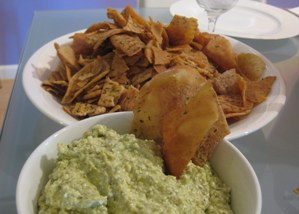
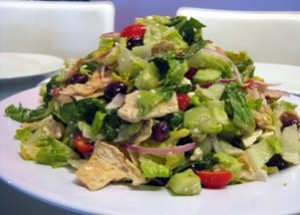

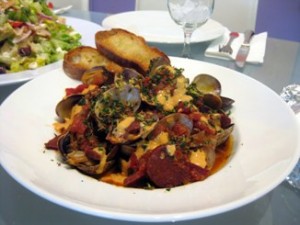
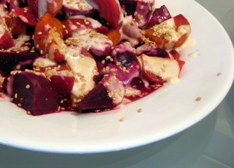
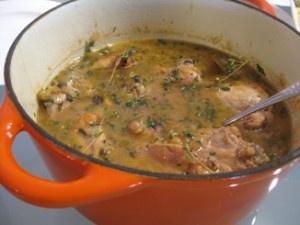
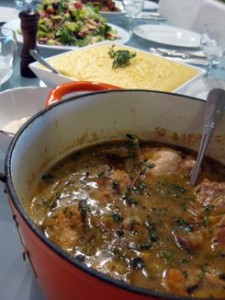
; ?>/img/parties-that-cook-blog-logo.jpg)

